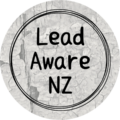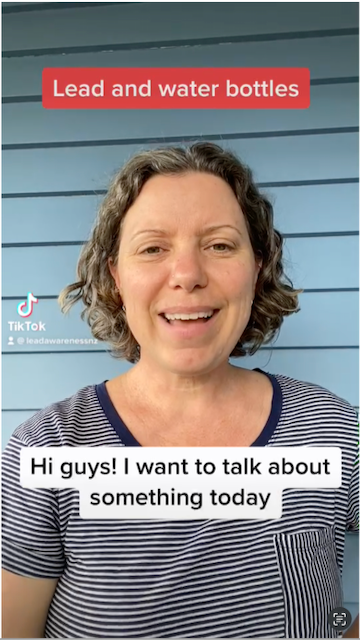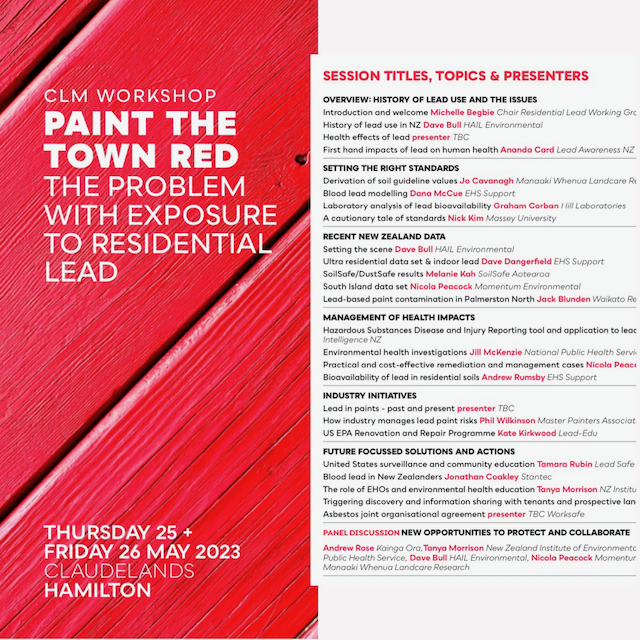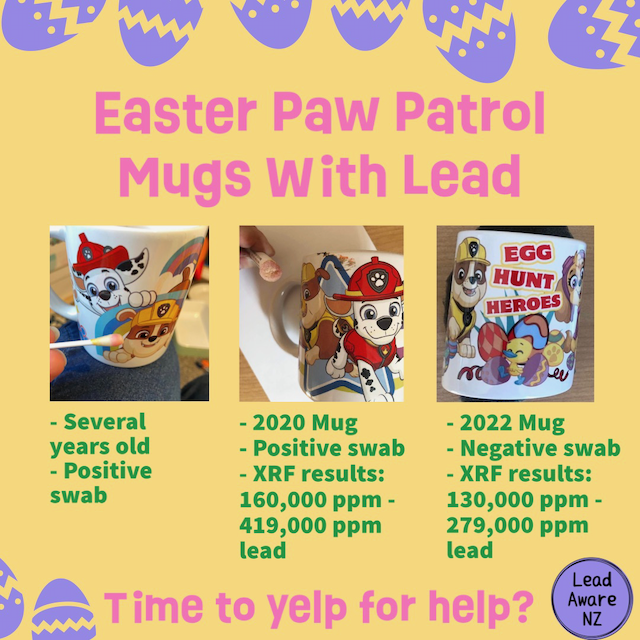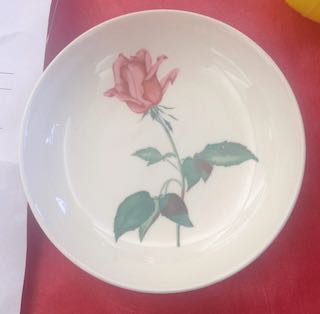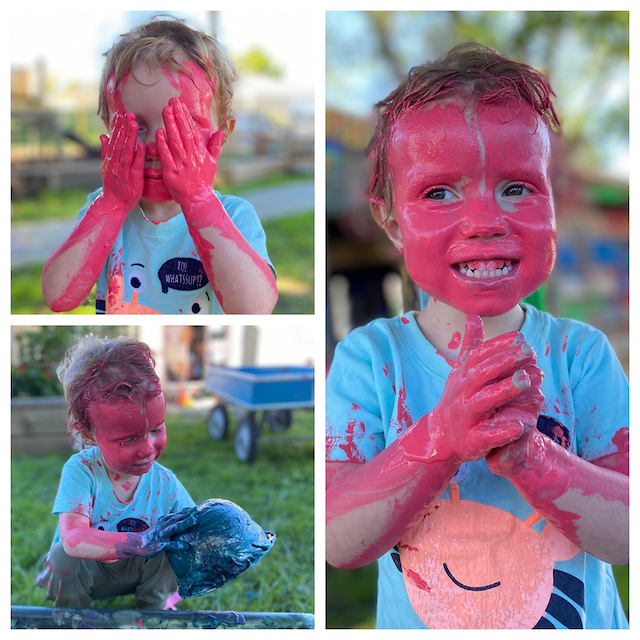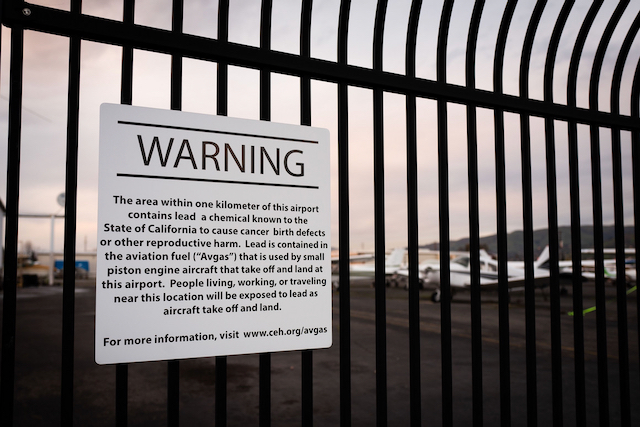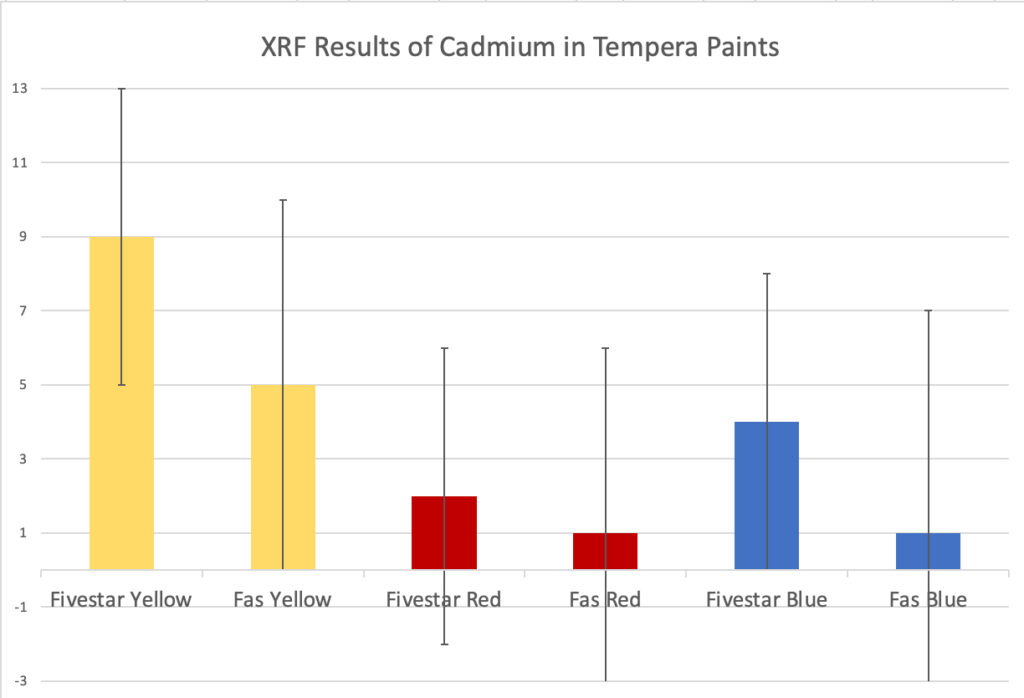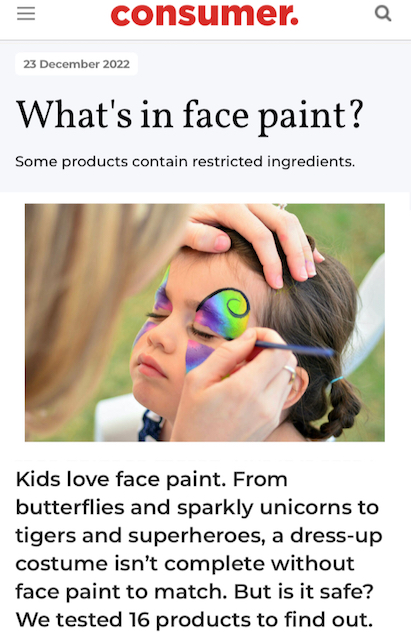Submitted photos of leaded bottles
Thanks to everyone for sharing photos of the bottom of their drink bottles! Here are three that stood out, that I’d like to share as examples for what to watch out for. The first is the Sistema which has been tested with XRF and we know has lead. This photo shows dangerous wear in the area of the lead sealing dot, which could potentially expose the lead in there. The second is a Haakaa baby bottle from several years ago that came with different lids to transform from baby bottle to sippy to drink bottle. Except the cover over the sealing dot popped off the first time this bottle fell off the high chair. The third is a bottle a mama bought while in Holland a few years ago. There’s no cover at all on this exposed sealing dot. These three bottles illustrate exactly to watch out for with the sealing dots- a completely naked/exposed dot, a painted dot that’s been worn away to expose the dot, and a cover that’s come off to expose the lead dot. I haven’t tested the 2nd and 3rd bottles so it’s possible that they don’t have lead. But given this being such a common problem it’s very risky and should 100% be assumed leaded for safety’s sake. If we had the 3M leadcheck swabs available we could test these and they would react with the lead if there, but unfortunately the shortage continues so we’ll have to wait to confirm. Hope that helps! Remember if the sealing dot stays covered/painted then it’s not an exposure risk. Just watch for it becoming exposed.
Submitted photos of leaded bottles Read More »
